
Many People Still Think That These 2 Buttons Are Just For Flushing
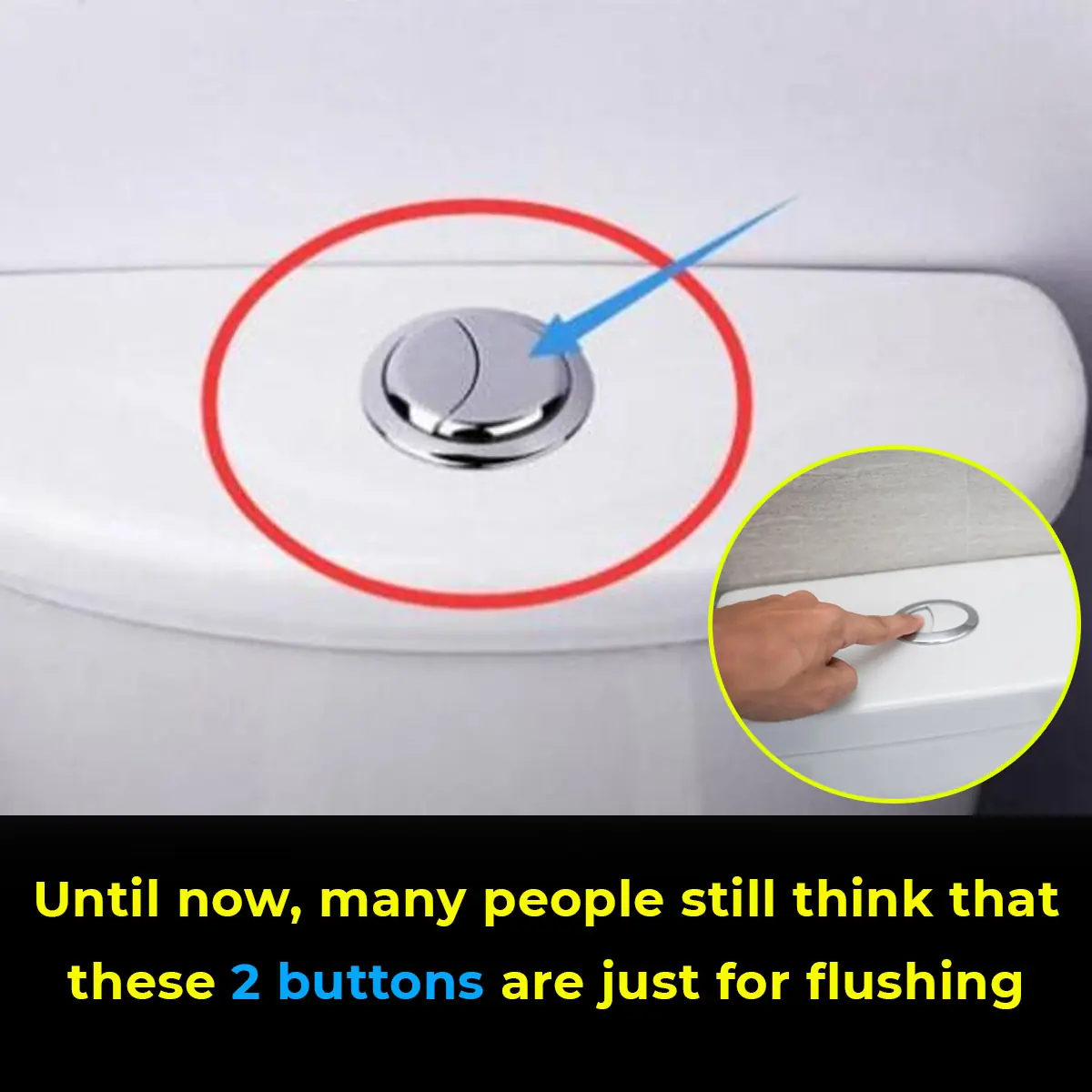
Dual-flush toilets are equipped with two buttons or levers—one smaller and one larger. Each button activates a distinct flush mechanism that releases different amounts of water depending on the type of waste being flushed. The larger button typically uses between 6 to 9 liters of water, ideal for solid waste, while the smaller button uses only 3 to 4.5 liters, which is enough for liquid waste. The system operates simply, with two exit valves linked to separate flush buttons. By choosing the appropriate button, users can conserve water with every flush. Though this might seem like a small change, it can have a significant impact on water conservation and reduce household water bills.
The concept was introduced by American industrial designer Victor Papanek in his 1976 book Design for the Real World. It was first implemented in Australia in 1980, a country that has long prioritized water conservation due to frequent droughts. Households with dual-flush toilets can save up to 20,000 liters of water annually compared to traditional single-flush systems. This reduction is especially important in regions facing water shortages. Moreover, using less water means lower utility bills, offering homeowners a financial benefit as well. Although dual-flush toilets may have a slightly higher initial cost, the long-term savings make them a worthwhile investment. By reducing water usage, these toilets also help alleviate pressure on local water supplies and wastewater treatment facilities, making them an essential part of sustainable living.
Despite their widespread use, many people are unsure how to operate dual-flush toilets properly. A lack of clear instructions often leads to misuse, with many people defaulting to the larger button regardless of the type of waste. This negates the water-saving potential of the system. To maximize water conservation, it’s important to use the right button:
-
Smaller Button: Use for liquid waste. This button might be marked with a symbol, such as a half-circle or small raindrop, to indicate its purpose.
-
Larger Button: Use for solid waste. It is typically larger or may feature a distinct visual cue, such as a full circle or bigger drop.
Water is a limited resource, and conserving it is crucial for addressing climate change and resource depletion. Dual-flush toilets offer a simple yet effective way to contribute to water conservation efforts. By adopting this small habit, individuals can significantly reduce their environmental impact while also saving money. Dual-flush toilets are more than just a modern convenience—they are a step toward a more sustainable future. Understanding how to use them properly helps people conserve water, lower their utility costs, and minimize their environmental footprint. So, the next time you encounter those two buttons, remember they’re not just for flushing—they’re a simple yet powerful tool for protecting the planet’s most vital resource.
News in the same category


12 Health Hacks Doctors Rarely Share: Secrets for Optimal Health and Well-being

A Parade Moment That Became Global Joy

Nick Vujicic: Living Proof That the Human Spirit Knows No Limits

You’re Made of Stardust – Literally! 🌌🚀

Sea Levels Are Rising Faster Than At Any Time In 4,000 Years 🌍

Your Dog Might Actually Love You More Than Food

Deep Freeze Set to Slam the Eastern U.S. This December

Nike Co-Founder Phil Knight Makes Historic $2 Billion Donation to Cancer Research
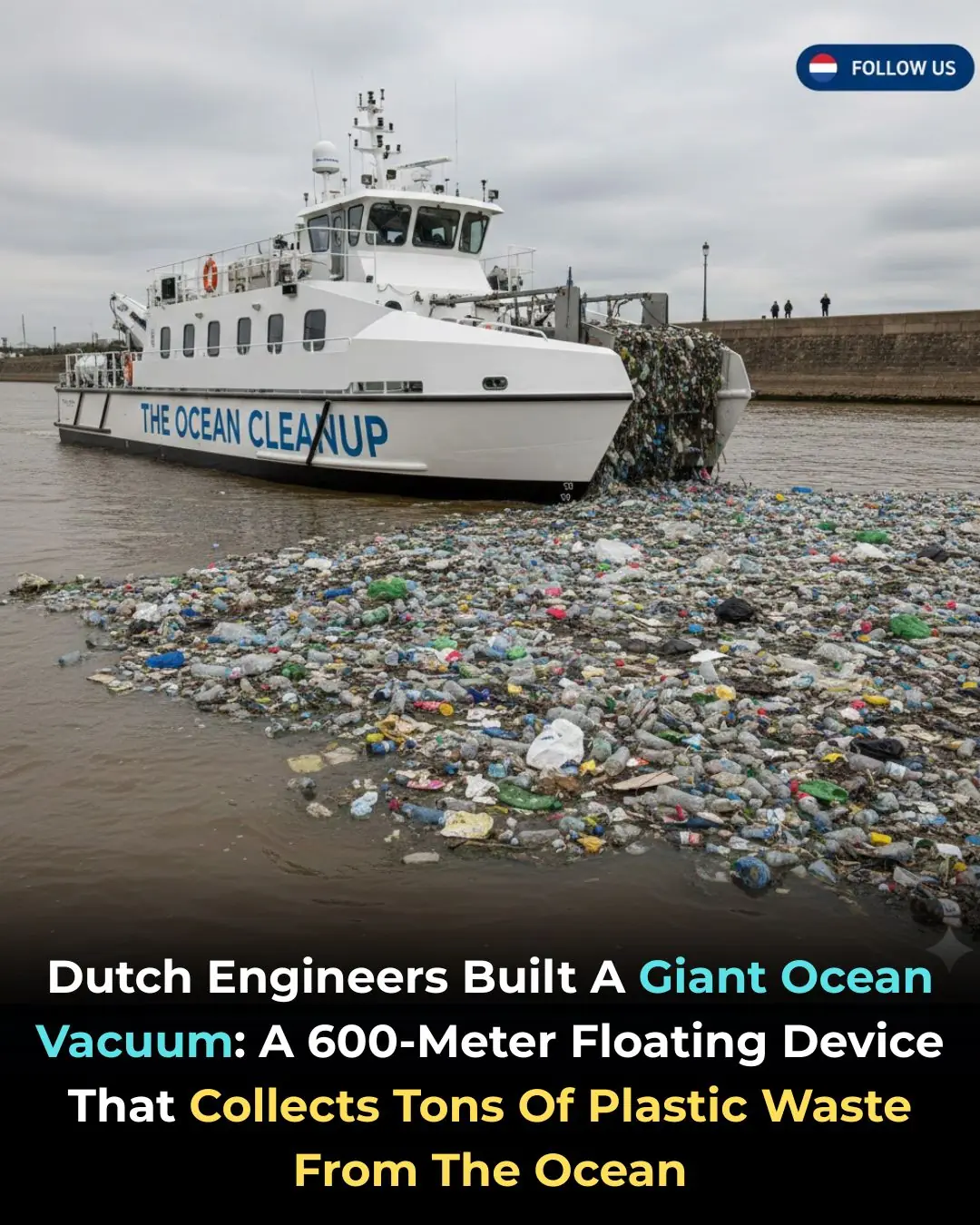
Dutch Engineers Tackle the Pacific’s Plastic Crisis with 600-Meter Ocean Vacuum

How to Take a Loop of the Entire U.S. by Train
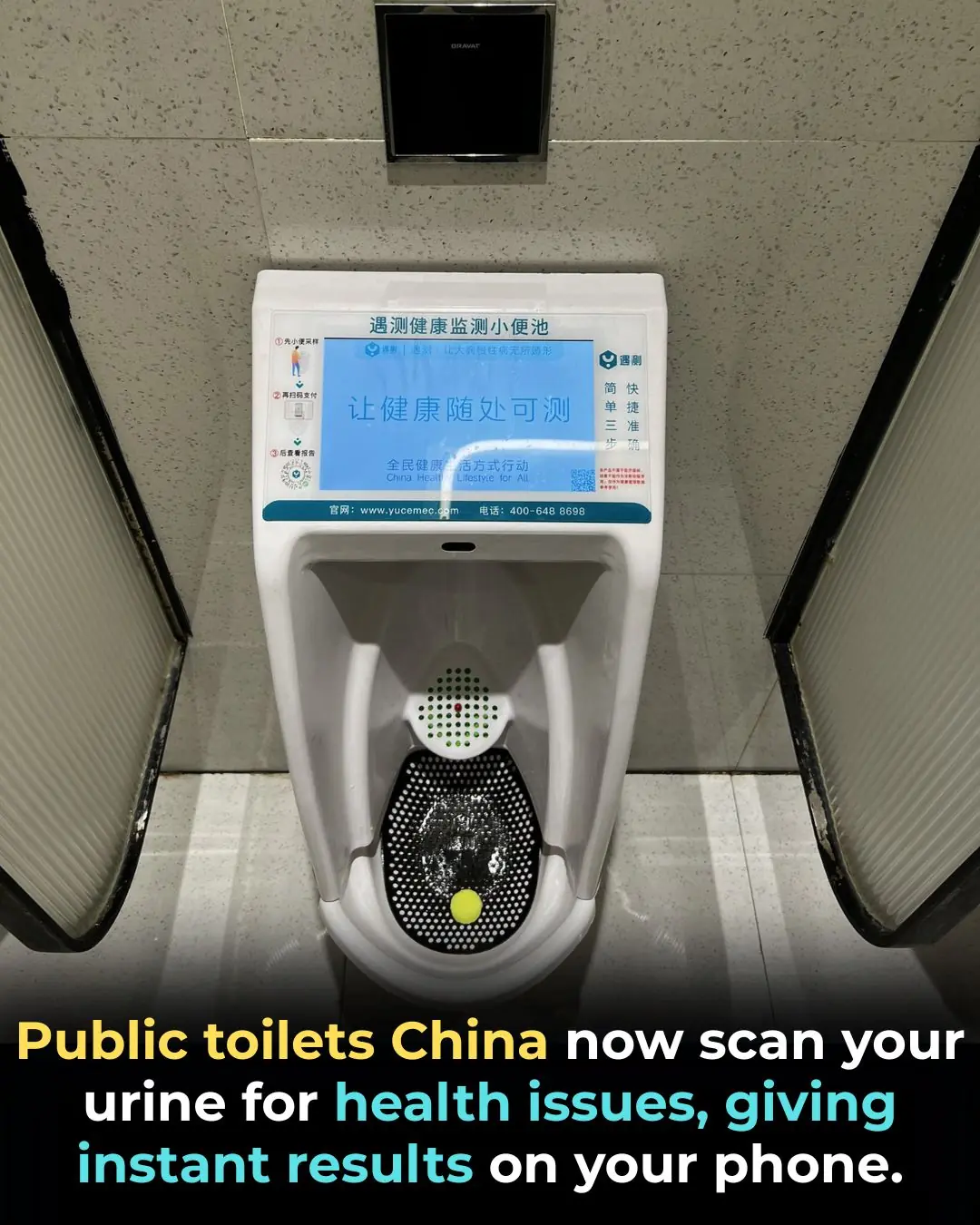
The Quiet Rise of Everyday Health-Tracking Technology

The Hidden Toll of People-Pleasing: How Emotional Suppression Can Trigger Autoimmune Disorders

The Pudu: The World’s Tiniest Deer and Its Role in South America's Forest Ecosystems

Deep Water Cycle: Scientists Discover Hidden Ocean Beneath Earth's Surface

Mexico City’s Sweeping Bullfighting Ban Marks Major Shift in Cultural and Animal-Welfare Policy

Los Angeles County Erases $180 Million in Medical Debt for 39,000 Residents

The 2025 Atlantic Hurricane Season Intensifies: A Heightened Risk for Major Storms

Europe Faces Unprecedented Heatwave: Rising Temperatures Strain People, Infrastructure, and Agriculture

Revolutionary Light-Based Cancer Treatment Offers New Hope with High Success Rate
News Post

CCF Tea to Burn Belly Fat
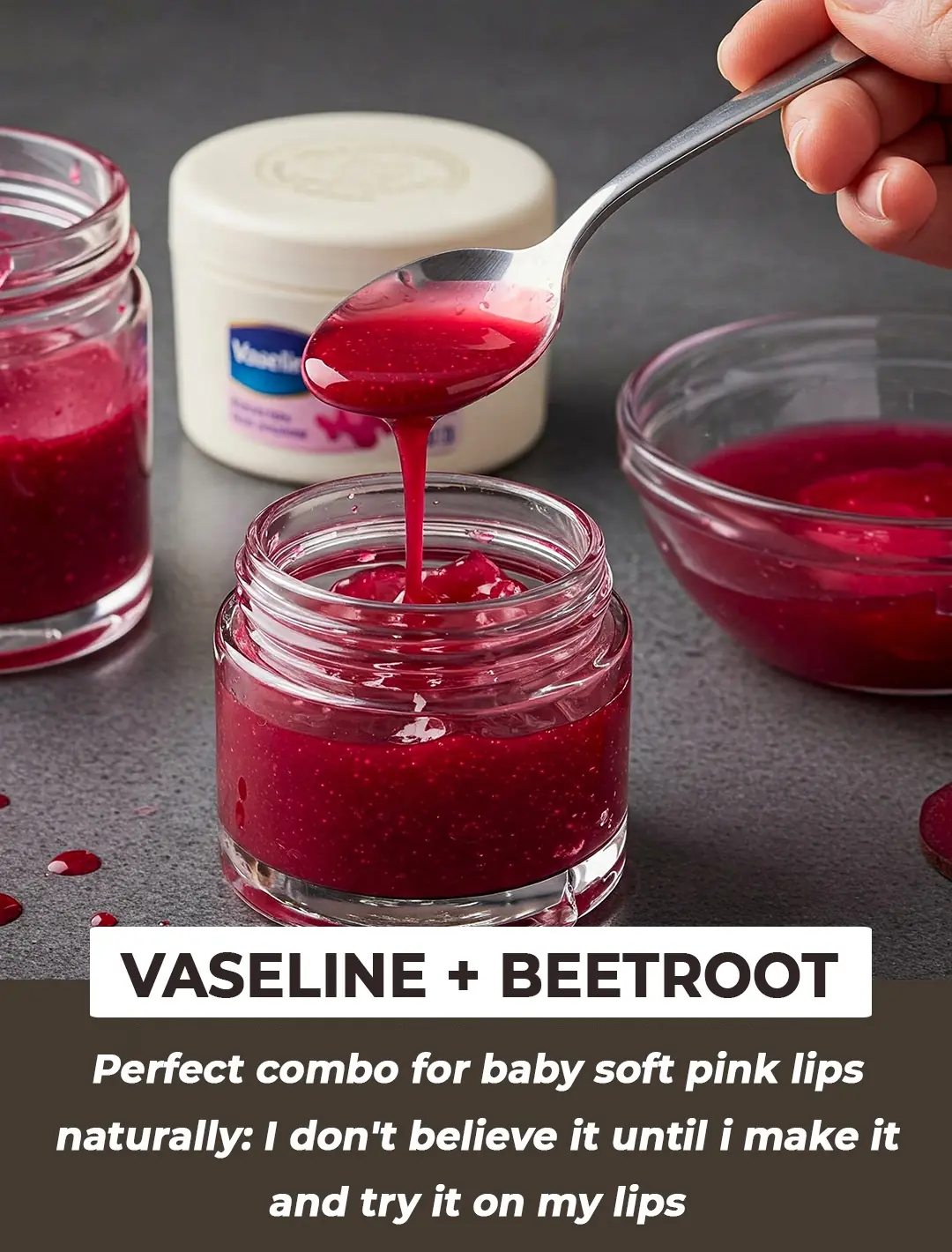
DIY Lip Balm with Vaseline and Beetroot: A Natural, Moisturizing Solution for Soft, Pink Lips

Coffee Gel For Eye Wrinkles

Coffee For Instant Skin Brightening

Japanese 4 Steps Glow Secret

30 minutes treatment for dark lips

How to Make a DIY Aloe Vera Night Cream for Glowing Skin

Rice Water Toner To Get Skin That Shines Like Diamond

Salon like Keratin Treatment at Home

Experts reveal the top 7 Shampoos to tackle hair loss effectively

10 Surprising Beauty Hacks You Never Thought You Could Do With Baby Powder

DIY Night Serum For Radiant Skin
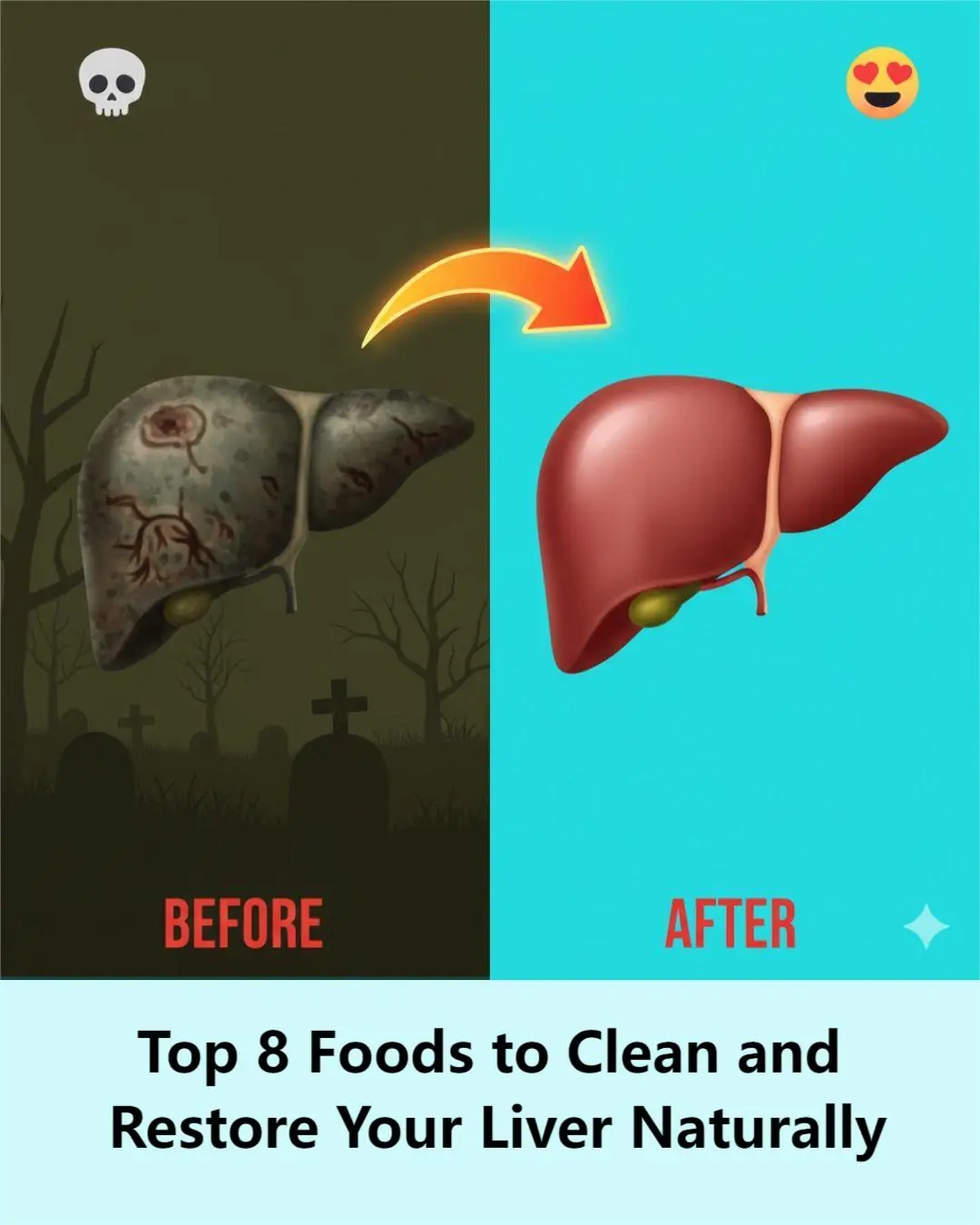
Top 8 Foods to Clean and Restore Your Liver Naturally
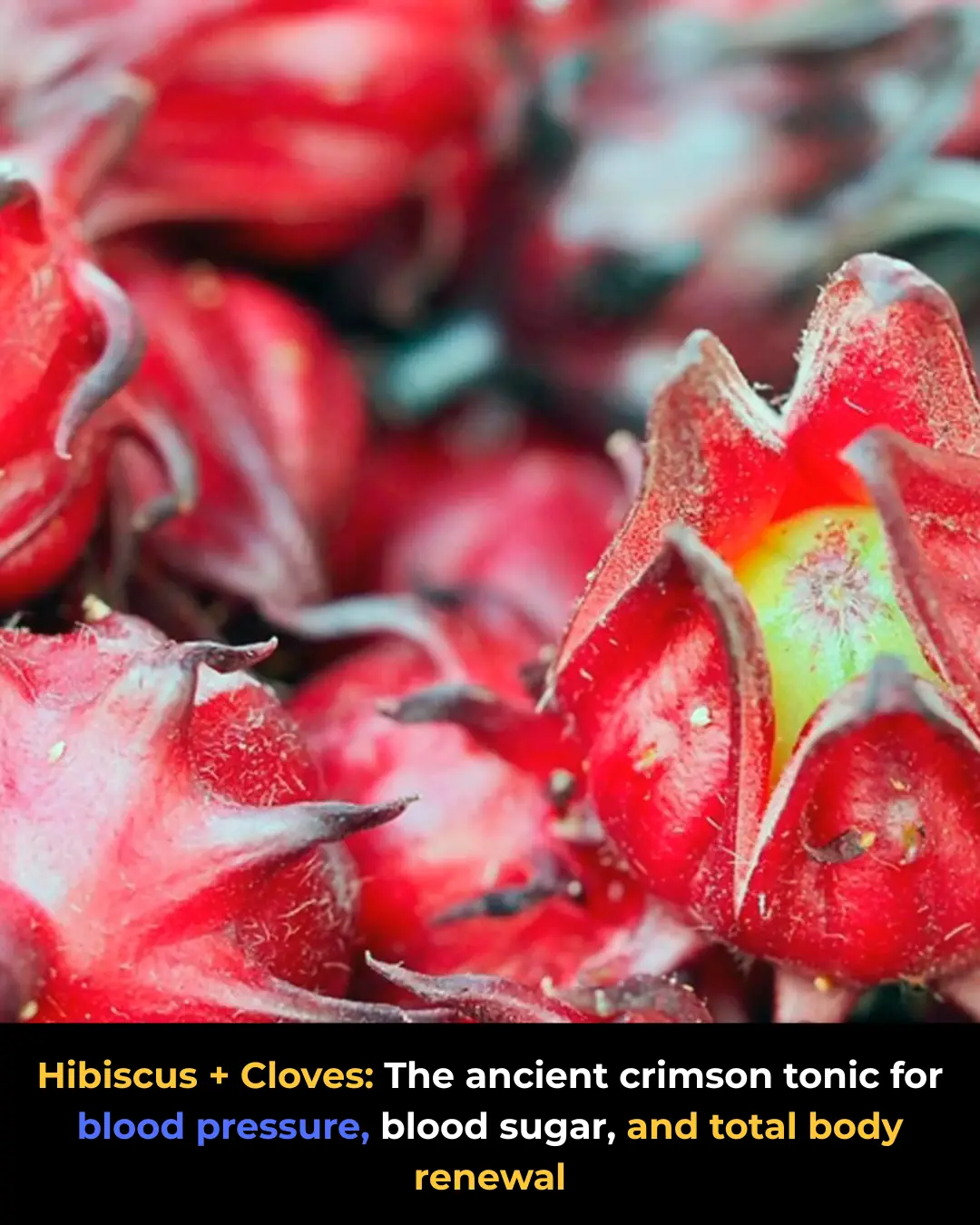
The Ancient Secret Seed That Revolutionized Wellness: Unlocking the Power of Hibiscus and Cloves
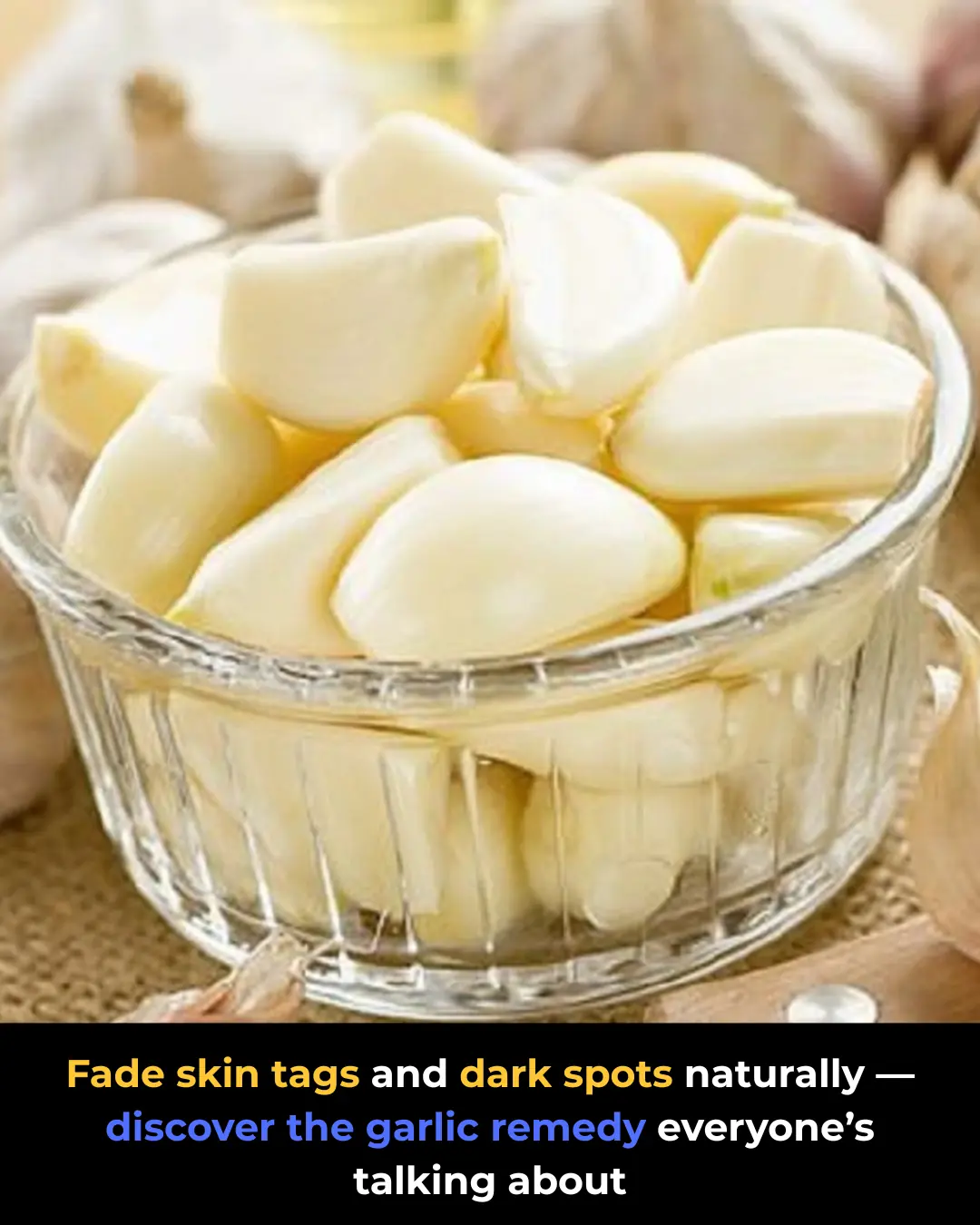
Garlic Remedy for Removing Moles and Skin Tags Naturally: What Works and What to Know

Fibromyalgia: The Hidden Energy Crisis Behind Your Pain, Fatigue, and Sleepless Nights

The Hidden Oil That Sparks Her Desire and Rekindles Your Marriage

Unlock the Ancient Secret of Peach Tree Resin: 15 Life-Changing Benefits You’ll Wish You Knew Sooner

Aloe Vera & Cinnamon: The Traditional Duo That Naturally Supports Your Health, Vitality, and Vision
